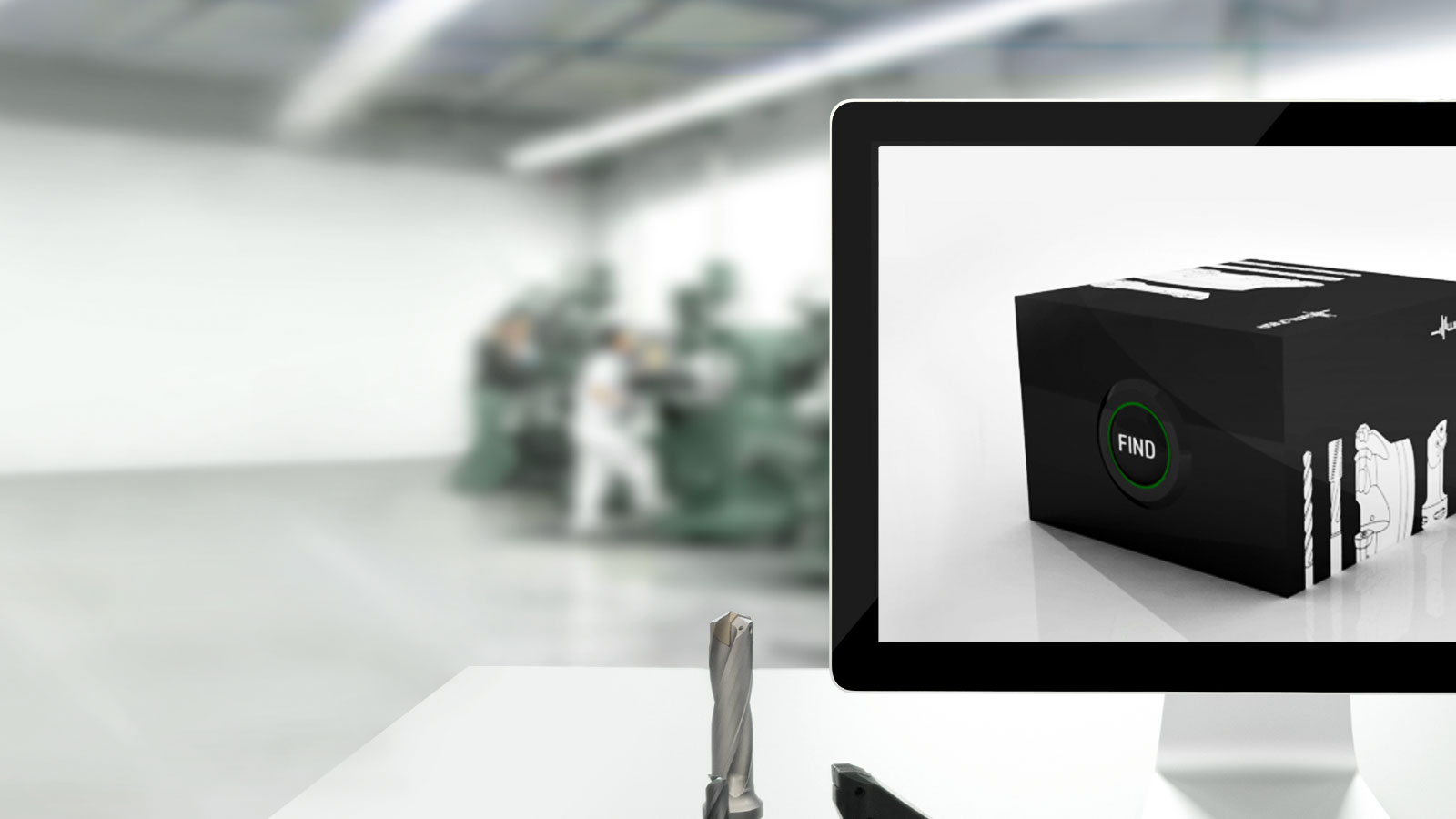Services
Industries
About us

moovel gets you from here to home in no time
moovel is the new innovation project of Daimler Business Innovation, moving Daimler the next logical step forward in mobility services. After its successful car2go and car2gether mobility concepts, moovel constitutes the logical further development of Daimler’s idea to provide urban citizens with individual and effortless mobility without having to own a car. Public transportation, rental cars, ridesharing, taxis, bicycles and many other mobility options are leveraged, depending on needs and context, and combined seamlessly.
Through close and intensive cooperation with Daimler Business Innovation, we first came up with a design and user experience strategy – and service architecture that takes into account the many functional options, while putting the priority on intuitive and mobile usage. Together with internal Daimler developers, we subsequently implemented the concept in a native iPhone app and a mobile web application.
The service design’s core idea is derived from the fundamental need for such a service: i.e. getting from one place to another as easily as possible. This gave rise to the idea of a dialogue in typographical sentence form, reduced to the bare essentials: “I would now like to get from here to there.” Parts of this sentence can be filled in and exchanged interactively on the app’s home screen – an intuitive and fun way to look for connections or to share your own trips.
The sentence metaphor is taken up by moovel time and again. moovel thus communicates with its users in a human way. For example, in terms of when and where moovel users start their connections, transfer to other means of transport or arrive at their destinations: “Take the S4 in the direction of Marbach,” or “Transfer to the U5 in the direction of Leinfelden”.
The resulting solution could ultimately be applied to the entire service communication: from moovel’s corporate design, whose logo symbolically represents the connection between starting point and destination, to the external communication, which also picks up on the same idea.
In the initial phase, which is currently focusing on Berlin and Stuttgart, five mobility providers have already been directly integrated into moovel: the Berlin-Brandenburg Transport Association (VBB), Stuttgarter Straßenbahnen AG (SSB), the Transport and Tariff Association Stuttgart (VVS), Daimler’s own car-sharing service car2go and ridesharing providers mitfahrgelegenheit.de – Europe’s largest ‘ridesharing’ platform, boasting more than 3.5 million registered users. All the services can be used directly via the moovel app. Many additional mobility services should gradually extend the offer.
In October 2016 the mobility app moovel won the German Mobility Award hosted by the Federal Ministry of Transport and Digital Infrastructure. This makes moovel one of ten archetypal projects honored for its intelligent mobility solution.
